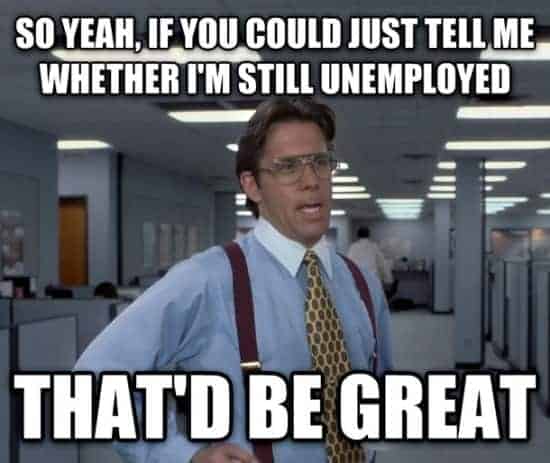For many hiring managers, conducting interviews can be an extremely stressful experience. Not only are you responsible for selecting the right person for the position, but you are also managing candidate nerves while trying to best present your organization and opportunity.
Successful interviewing requires preparation and structure to ensure that you are collecting relevant candidate information in a consistent and measurable fashion. Taking time to plan and practice your interview process will result in a more relaxed, seamless and enjoyable experience for all parties.
Below are seven steps to help you structure a seamless and successful interview process:
- Develop a rapport with the candidate to put their nerves at ease. Dedicate a minimum of 5 minutes at the beginning of the interview to genuinely get to know the candidate and who they are as a person. If you are new to interviewing, the important thing to remember is that the candidate is likely more nervous than you are. In order to get the most out of the candidate and evaluate the potential fit of the candidate’s true self with your organization and your team, do your best to help the candidate relax. Be friendly, engaging and demonstrate a genuine interest in really getting to know the candidate.
- Give the candidate a technical but brief description/overview of the role. This should ideally be done by the hiring manager as the position reports directly to them and they have the deepest understanding of the role and what they are looking for. The description should give further detail on the job posting and give the candidate a good idea of what the role will be like day to day. Some people like to save this step for later on in the interview, however when you complete this early on you are able to gauge the candidate’s listening skills and see how well they are able to convey exactly how their technical background relates to the vacant position over the course of the interview.
- Have the candidate walk you through their resume, highlighting their relevant experience. It is here where you will get a really good idea of what the candidate has done in the past that would prepare them for the role and what they can offer your team/organization.
- Select a number (4-5) of Behavioural Descriptive Interview (BDI) Questions that relate directly to competencies required to perform in the role. The best predictor of future behaviour is past behaviour and that is precisely what BDI questions help you measure. It is important to use the same questions for all of the candidates interviewing for the same role, so that when you have completed interviewing it is very easy to compare across candidates and rate their answers. You will be left with a very good idea of how each candidate has approached similar situations in the past and how they will likely perform in your role.
- Leave time at the end for the candidate to ask any questions they may have about the role and your organization. Many candidates will come into the interview with a list of questions that they have prepared prior to the interview. These questions are generally about the role itself or your organization and show how engaged the candidate is and how interested they are in becoming a permanent member of your team.
- Discuss availability, salary expectations and next steps. Although these will likely have been covered in a telephone interview from earlier on in the recruitment process, it is a good idea to ask these questions again as they may have changed after getting a better idea of the role. It is very important to give the candidates an idea of when they can expect to hear back from you regarding a hiring decision or follow up interview. It is a good idea to give yourself a comfortable cushion of time to ensure you can complete interviews, check references and tie any loose ends up before you make a hiring decision or move to the next step in the recruitment process.
- Follow through when you say you’re going to follow up. If the recruitment process is experiencing delays you may not have an update for the candidate, but it is very important to follow up on the timelines you have communicated. Prioritizing candidate care enhances the candidate’s experience and reflects positively on your organization.
There is no one right way to conduct an interview and through practice you will find a structure that works best for you. Interviewing candidates can be time consuming, stressful and frustrating, however by following these seven steps and adequately preparing for your interviews, you will find the interview process to be more productive and positive for all parties, enabling you to more easily find a strong candidate to permanently join your team.


